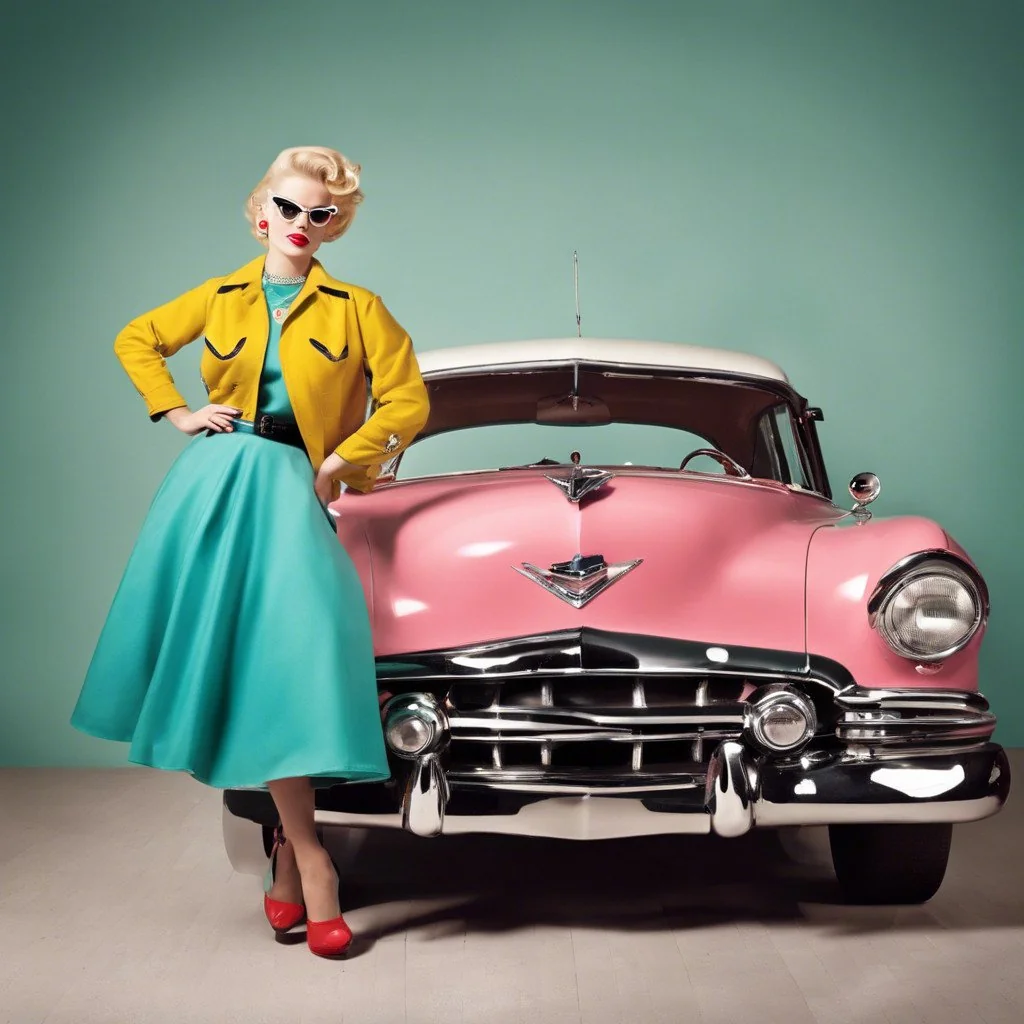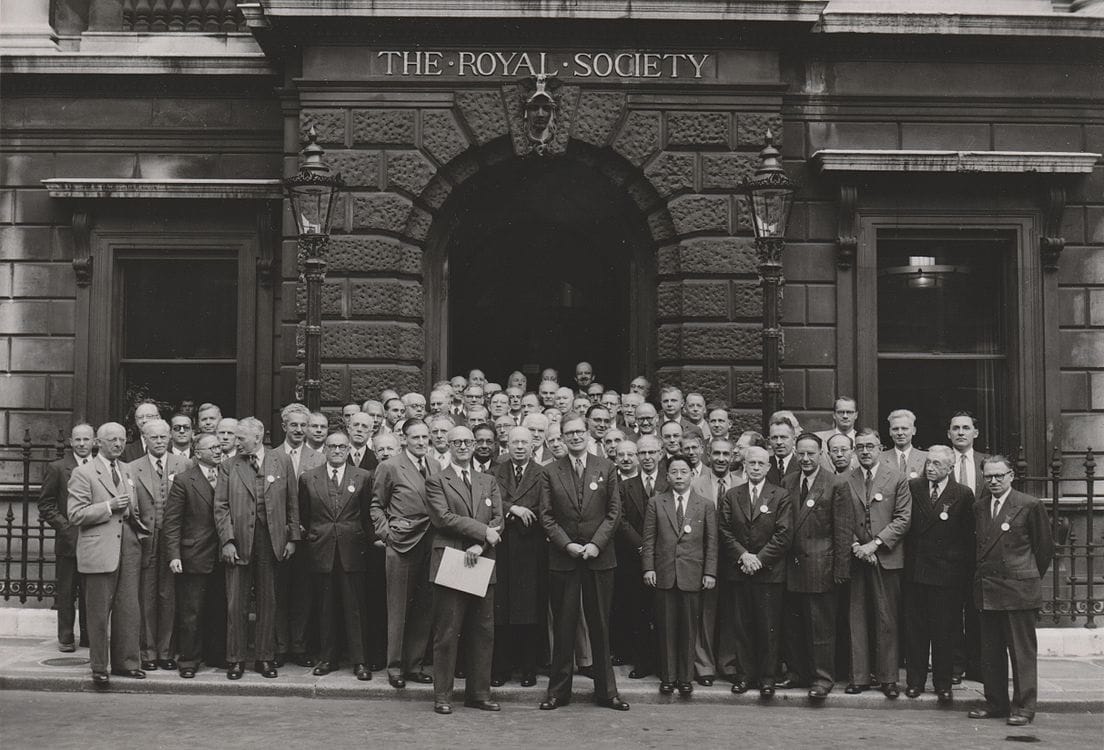
Vintage clothing has a timeless appeal that transcends fashion trends. Authentic vintage pieces offer not only a unique style but also a glimpse into the past, telling stories through their craftsmanship, materials, and design. However, identifying true vintage clothing can be challenging, especially with the rise of reproductions and modern imitations. This guide will help you navigate the world of vintage fashion and distinguish genuine pieces from the rest.
1. Understanding Vintage Clothing
Definition: Vintage clothing typically refers to garments that are at least 20 years old. Items from the 1920s to the 1990s are generally considered vintage, with older pieces (100+ years) falling into the antique category.
Value: The value of vintage clothing can vary greatly depending on factors such as rarity, condition, designer, and historical significance.
2. Key Indicators of Vintage Clothing
Labels and Tags
- Brand Labels: Familiarize yourself with popular vintage brands and their labels. Labels have evolved over the decades, so knowing the logo styles and fonts can help pinpoint the era.
- Union Labels: Garments made in the U.S. from the 1920s to the 1980s often feature union labels. These labels provide clues about the item’s age and origin.
- Care Labels: Care labels became mandatory in the U.S. in the 1970s. Clothing without care instructions is likely pre-1970s.
Construction and Seams
- Hand-Stitching: Older garments, especially those pre-1960s, often feature hand-stitched details. Look for irregular stitches and finishing touches.
- Seam Types: French seams, pinked seams, and overlocking can indicate the era of the piece. Zigzag stitches, for example, became more common in the 1950s.
- Fabric and Materials: Familiarize yourself with fabrics that were popular in different eras. For instance, rayon was popular in the 1940s, while polyester became widespread in the 1970s.
Zippers and Fasteners
- Zipper Placement: Side zippers were common in dresses from the 1930s to the 1950s. Center back zippers became more common in the 1960s.
- Zipper Material: Metal zippers were used until the 1960s, after which plastic zippers became more common.
- Buttons and Snaps: Examine the materials and styles of buttons and snaps, which can indicate the age of the garment.
3. Style and Silhouette
- Decade-Specific Trends: Research the signature styles and silhouettes of each decade. For example, the 1950s featured hourglass silhouettes with full skirts, while the 1970s embraced bohemian styles and bell-bottoms.
- Fashion Details: Look for era-specific details such as shoulder pads, peplums, and specific collar styles that can help identify the garment’s age.
4. Signs of Wear and Age
- Natural Wear: Genuine vintage clothing will often show signs of age, such as fading, slight discoloration, and fabric wear.
- Repairs and Alterations: Check for evidence of repairs or alterations, which can indicate the garment’s history and authenticity.
5. Research and Resources
- Vintage Fashion Books: Invest in books about vintage fashion history and identification.
- Online Communities: Join online forums and social media groups dedicated to vintage clothing enthusiasts.
- Vintage Shops and Markets: Visit vintage shops and markets to see and feel authentic vintage clothing. Engage with sellers who can provide insights and expertise.
6. Authentication Services
If you’re uncertain about a piece, consider using a professional authentication service. Experts can provide detailed analyses and verification of vintage garments.
Identifying true vintage clothing requires a keen eye, research, and practice. By understanding the nuances of vintage labels, construction techniques, and fashion history, you can confidently distinguish genuine pieces and build a collection that reflects the charm and character of bygone eras. Whether you’re a seasoned collector or a novice enthusiast, the journey of discovering and preserving vintage fashion is a rewarding and enriching experience.


